When we think about or hear someone ask — what is the world’s largest living organism? — our immediate thought is that it must be some sort of whale, which it isn’t.
We often forget that animals are not the only living organisms, as plants, fungi, and other floras are also living species. Read on to learn more about Pando, the ancient giant.
- Pando, the Ancient Giant
- About Pando and Quaking Aspens
- The One That Becomes Many
- Size and Dimensions
- Quaking Aspen’s Role in the Environment
- Quaking Aspens and Medicine
- Aspens as a Part of North America
- Walking and Sleeping Amongst the Giant
- Other Uses in American Society and as a Symbol
- The Coming End of the Giant
- What Is the Issue?
- What Is Being Done to Keep Pando Alive?
- What Can Still Be Done
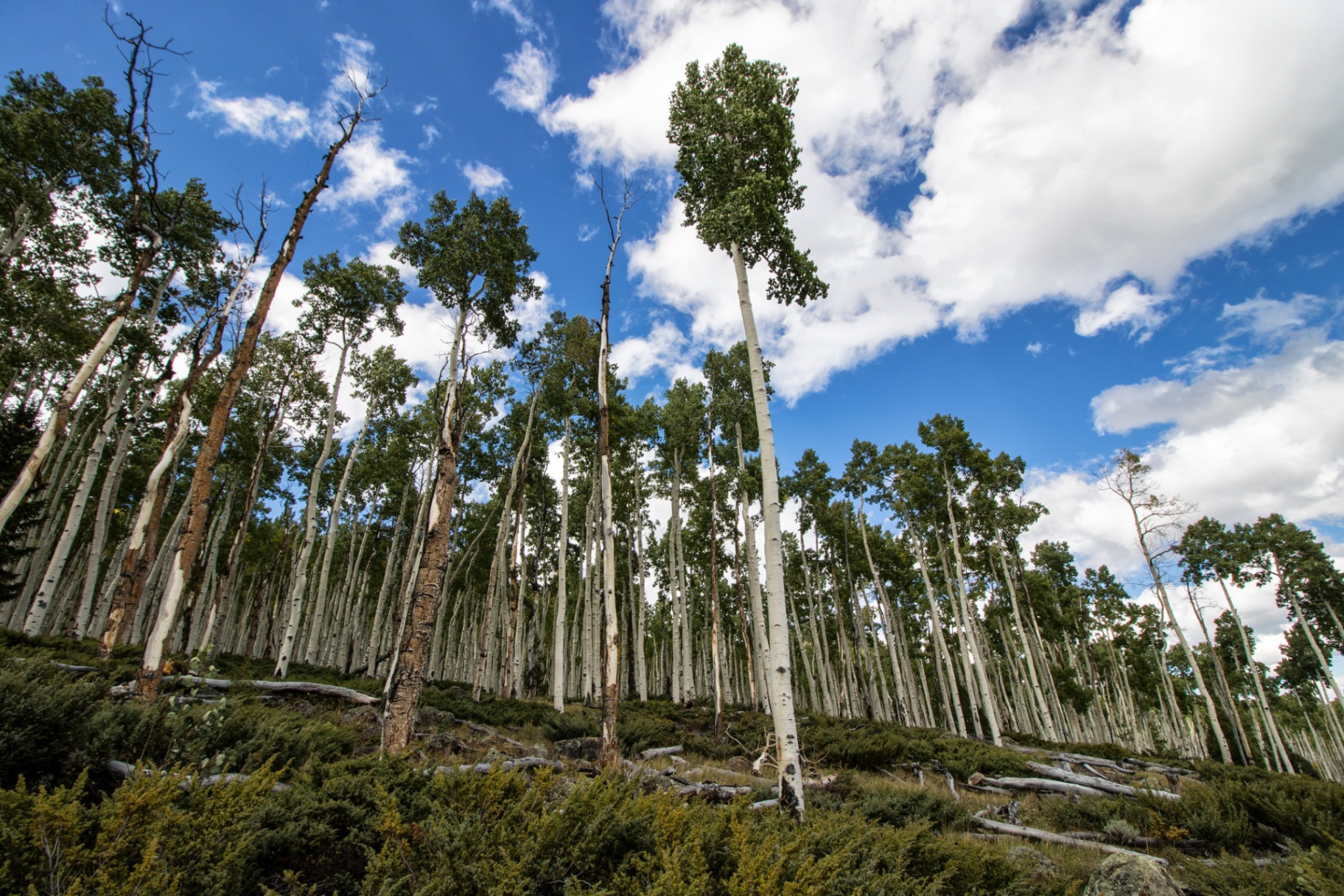
Pando, the Ancient Giant
Pando, meaning I spread in Latin, is the name used to refer to a clonal colony of quaking aspen trees located in the Fishlake National Forest.
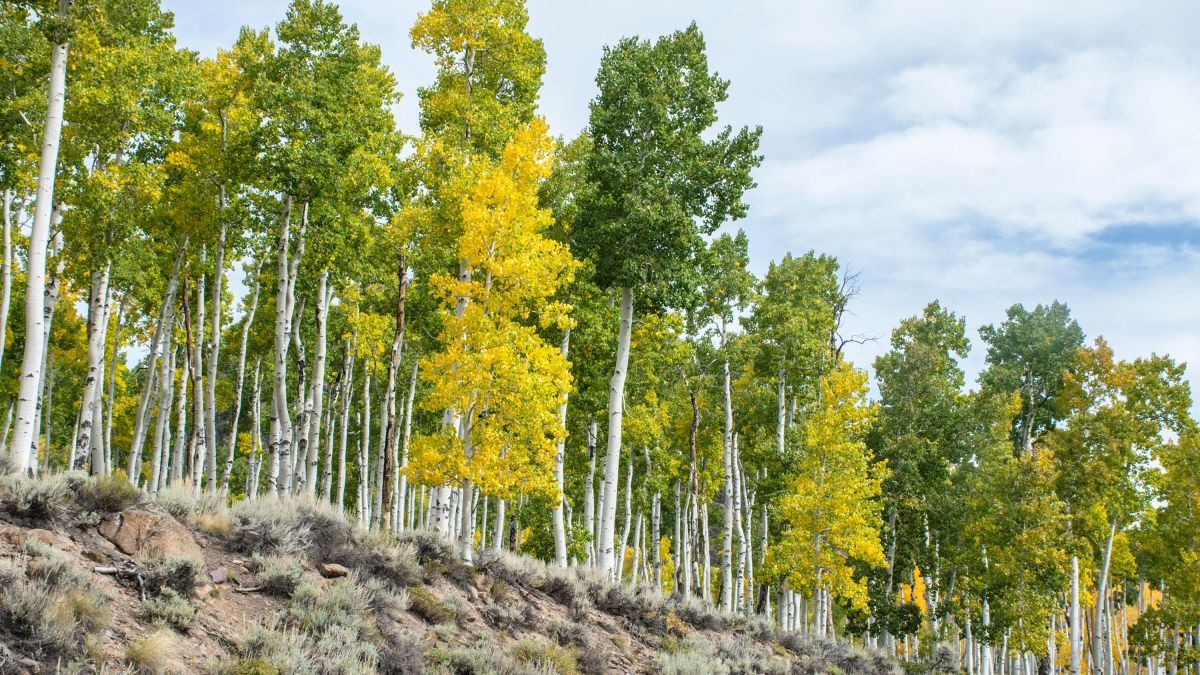
The national forest can be found on the western edge of the Colorado Plateau that falls into the boundary of the state of Utah.
Pando, often called the Trembling Giant, may appear like a forest of individual trees.
What Is It Really?
However, it is actually one connected living organism that shares one massive root system.
A Clonal colony refers to a group of fungi or plants that are all genetically identical to each other and that share a single ancestor.
About Pando and Quaking Aspens
Quaking aspens are a native tree that is found in the cooler parts of North America.
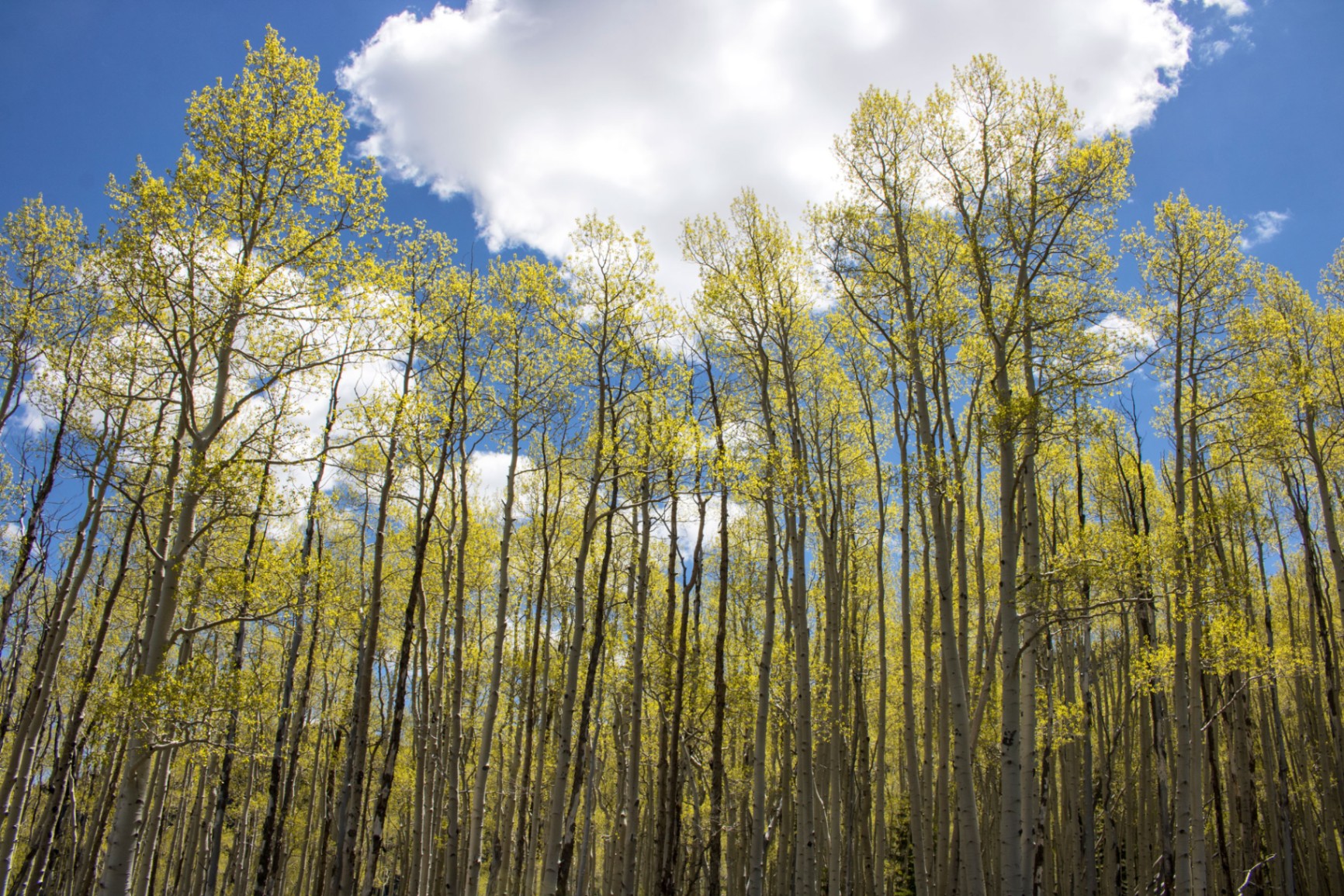
They have a smooth pale-whitish bark that is streaked and dotted with black.
Once mature, they generally reach heights of 25 meters and support a head of green leaves that become golden in autumn.
Distinctive Features
While this golden coloring is certainly iconic (hence why they are also known as golden aspens), it is not their most distinctive feature.
Quaking aspens are named as such due to their leaves which move and tremble in the lightest of breezes, creating a quivering appearance and fluttery sound.
The One That Becomes Many
How all these thousands of trees that make up Pando are regarded as one organism is a bit complicated to explain, but we will try to give a simplified explanation.
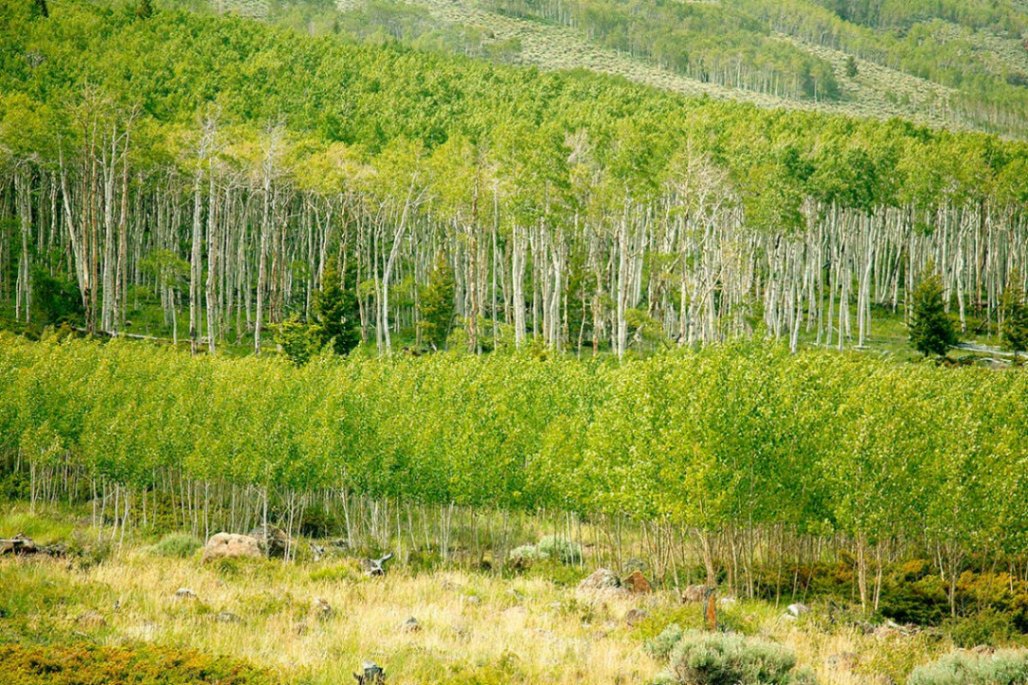
Studies undertaken by research teams in 1976 and 1992 both classified Pando as a single asexual reproductive or self-propagative organism.
Pando, like other quaking aspens, can be thought of as an original single tree that propagated.
What Does That Mean?
In essence, it cloned itself, making use of clonal colonies and root sprouts.
The clones that emerge are identical to the original tree they came from, with the whole colony sharing a single root system.
Size and Dimensions
The trembling giant has been recorded to collectively weigh over 6 million kg and covering an area of 108 acres, making Pando the heaviest living and known organism.

Pando is also regarded as one of the oldest known living organisms and is debatably still regarded as the largest.
The reason that Pando’s claim to being the largest is contested is due to two mutually inclusive reasons.
What Are the Reasons?
The first is that Pando has been gradually shrinking and losing area over the years due to a lack of growth.
An event that has caused the fungus mat of Oregon to now be considered the largest.
Quaking Aspen’s Role in the Environment
As with every and any kind of plant or wildlife, quaking aspens have their own role within the ecosystem.
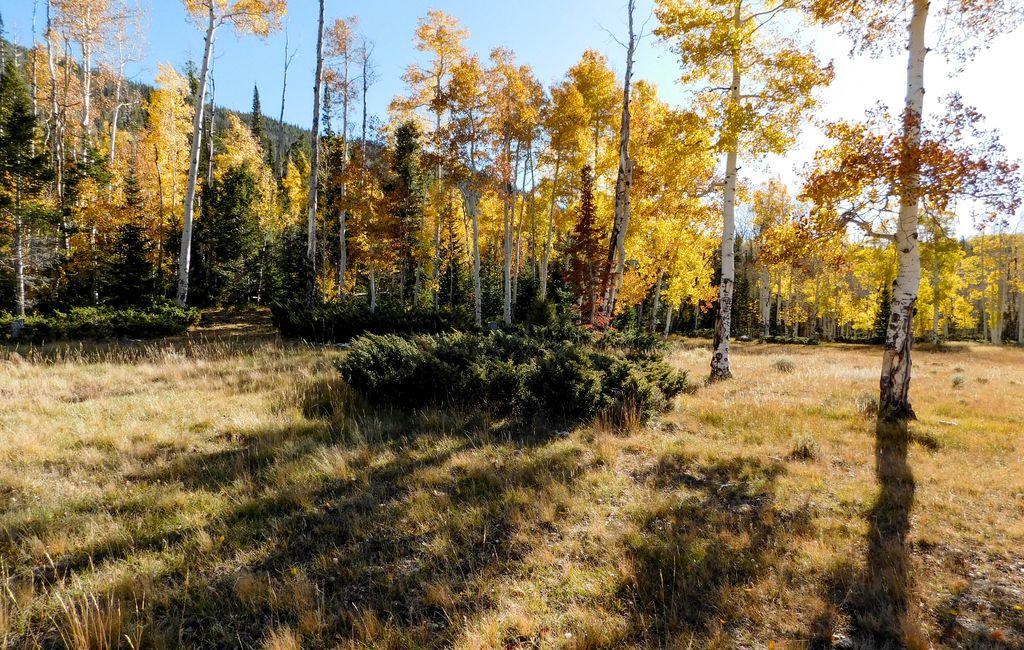
These aspens serve as home and shelter to a variety of migratory birds, small and large wild mammals, even bears, and occasionally for domestic livestock from nearby farming areas.
In addition, they are also a source of food.
Flora and Fauna
The bark and foliage of the tree feed smaller animals such as hares and beavers; winter buds are eaten by birds.
The foliage serves as a grazing ground for elk, deer, moose, and domesticated sheep and goats.
Quaking Aspens and Medicine
Besides serving as a home and source of food for a variety of animals, quaking aspens and aspens also have a place in medicine.
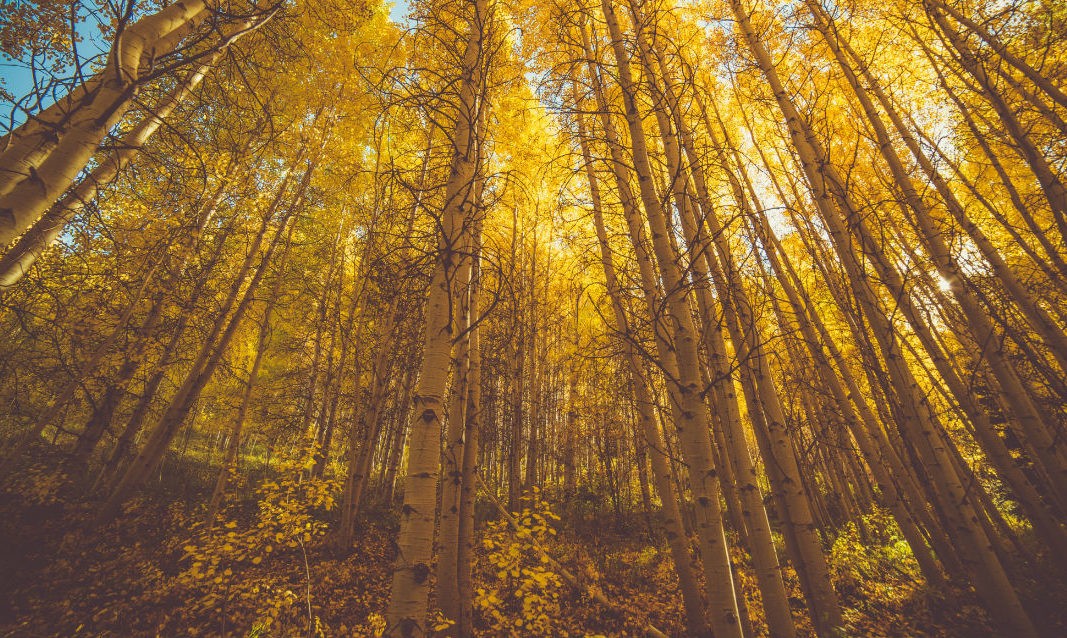
Native Americans used to extract a substance from the bark that was similar to quinine.
It is likewise used to treat malaria following the arrival of Europeans.
What Else Is it Used for?
It is also used for other ailments as well, mixing the bark of leaves of the tree with other herbs to treat bladder and prostate problems and for joint, muscular, and nerve pain.
It is capable of doing all this due to the plant containing the chemical Salicin.
Aspens as a Part of North America
When it comes to the flora of North America, quaking aspens are the most distributed type of tree across the area.
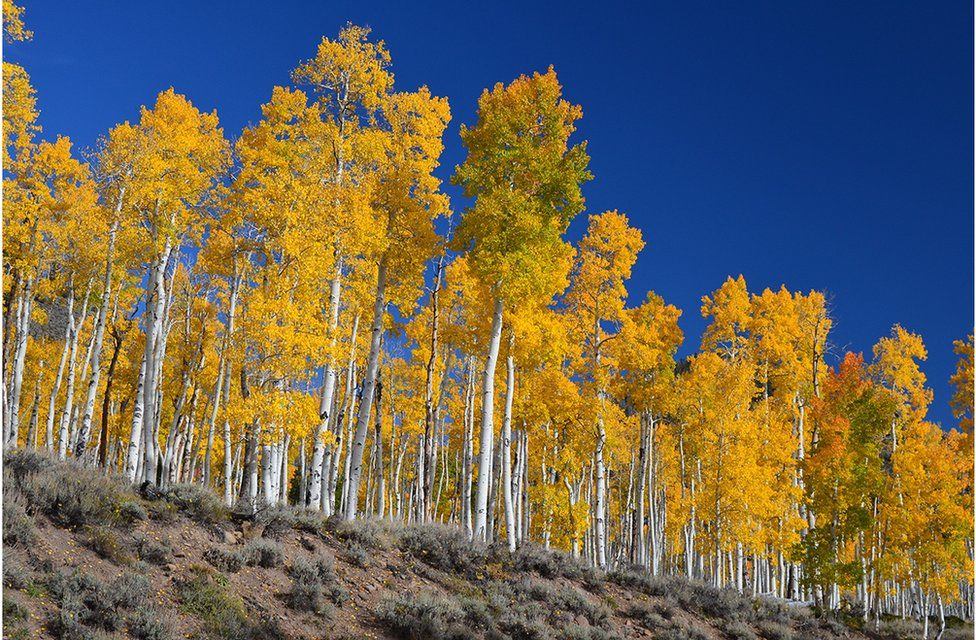
It spreads from far edges of Canada, across the United States, and even reaching parts of Mexico.
That said, the quaking aspen is dominantly found in nearly the whole of Canada.
Distribution
As for its distribution in the States, quaking aspens can be found all the way in Alaska through to Utah, Nebraska, and large parts of Indiana.
As mentioned, the trees are most at home in cooler climates, often falling ill or not surviving in hotter areas with elevations lower than 460 meters.
Walking and Sleeping Amongst the Giant
Quaking trees and their lofty heads of golden leaves have attracted a fair amount of love and admiration over the years.
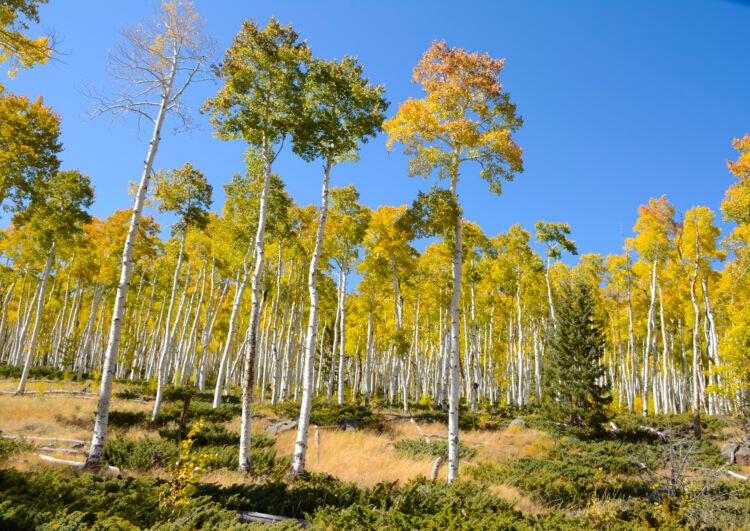
Because of this, they entice many tourists to walk amongst these visually appealing trees, regardless of the season, making each cluster of aspens as captivating as any national park or forest.
If you would like to experience walking or even sleeping amongst the many trees of Pando, you can do so.
Where Can You Do This?
Southwest of Fish Lake, there is a National Forest Service Campground named Doctor Creek.
This is situated right inside the Trembling Giant, allowing you to marvel and camp out within the great giant.
Other Uses in American Society and as a Symbol
As for the use of aspens within modern society, Canadians pulp and use the wood for books, printing paper, and newspapers.

They also use it to construct lightweight crates, pieces of furniture, and boxes.
Americans often use the woods as a cheap and plentiful source of firewood.
Not Widely Used
While pioneers made use of the wood for the construction of cabins, aspen is widely not used in modern construction due to being prone to rot quickly.
Aside from its limited usage, the quaking aspen is the state tree of Utah, and there is a commemorative stamp of Pando published in 2006.
The Coming End of the Giant
Pando and its 47,000 aspen stems have survived for tens of thousands of years, yet unfortunately, its future does not look so bright.
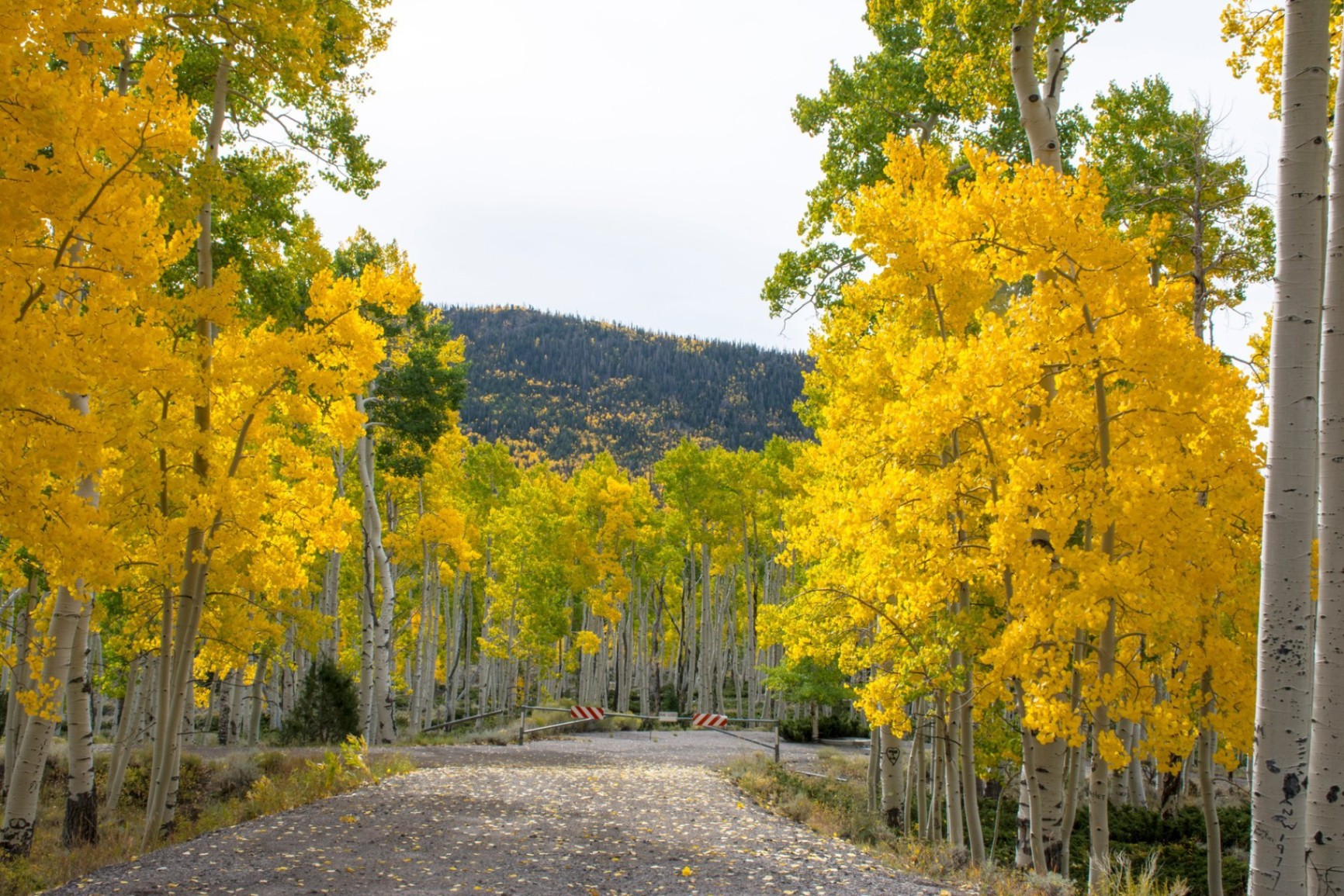
Ecologists from universities across North America and particularly Utah have stated that Pando is in danger of dying.
This is because of increasing disturbances that have interfered with its growth cycle.
Natural Cycles
Pando goes through a natural cycle of death and rebirth, where old stems gradually die and make way for the newer stems to grow forth.
Unfortunately, this cycle has been broken due to mass overgrazing from wild game animals as well as local livestock that graze in Pando during summer.
What Is the Issue?
The issue ultimately boils down to the fact that the constant overgrazing and increasing human encroachment have destroyed and removed all the younger stems and shoots.
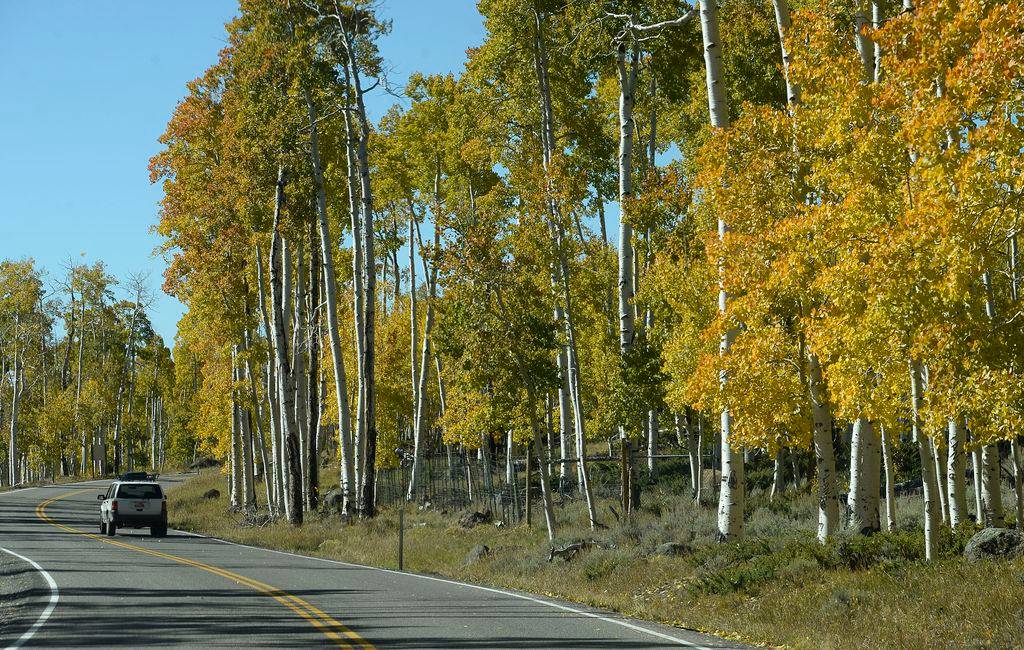
This has left only the old stems remaining.
Pando, like some modern nations, is currently not only suffering from stagnating growth but also a declining one.
The Different Systems
The younger stems not only keep Pando alive by replacing the older stems’ place within the forest, but they also keep Pando healthy.
The removal of these younger stems due to human development and overgrazing by mammals has left Pando’s root system (its heart) and its regenerative capabilities compromised.
What Is Being Done to Keep Pando Alive?
Researchers have hypothesized that the decline of new growth shoots within Pando at least started back in the 1980s.
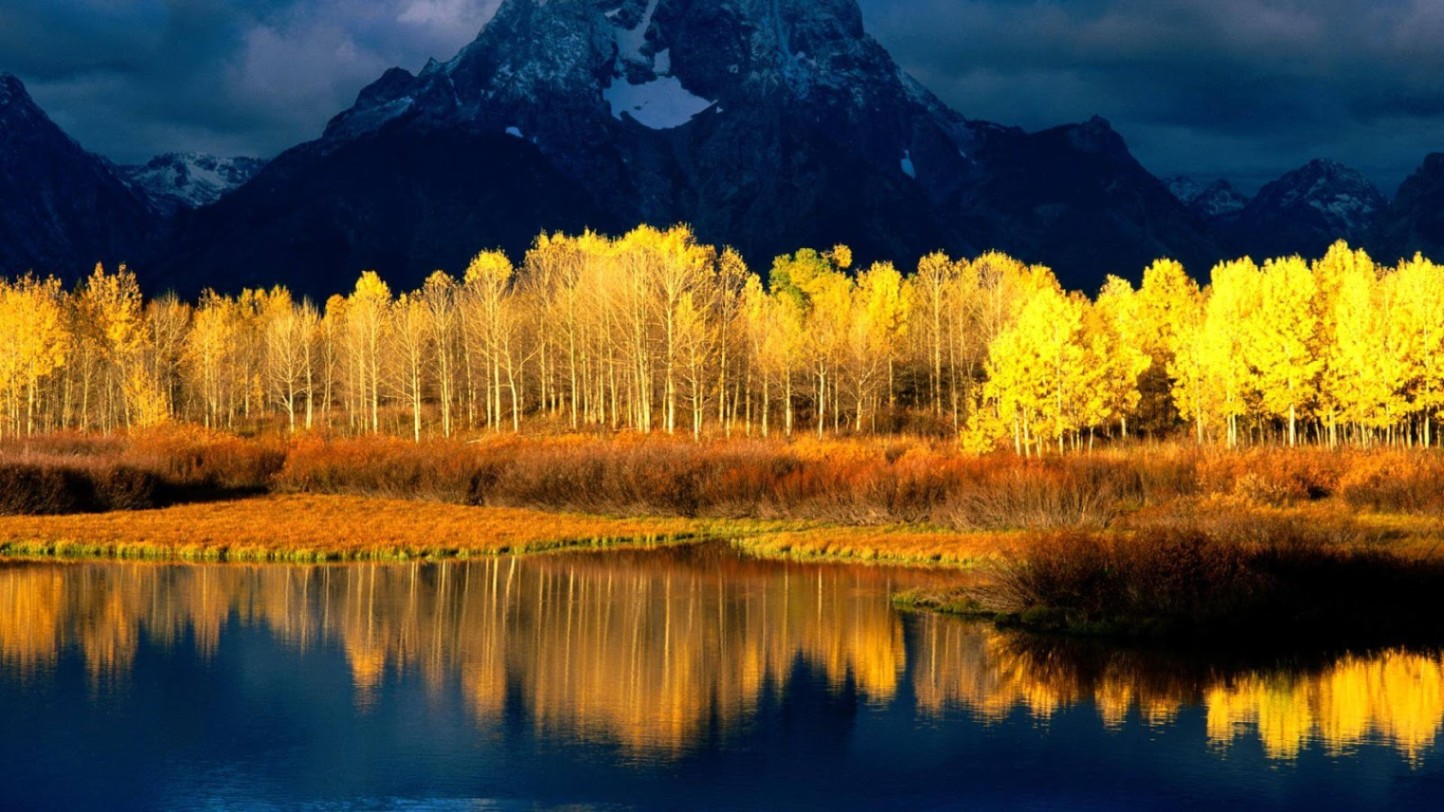
Since then, several initiatives and projects have been undertaking with varying degrees of success by ecologists.
Most projects have been centered on fencing, studying animals, and selective pruning.
Fencing Sections Off
The premise of the fencing strategy was to fence off large sections of Pando to effectively bar grazing animals from entering.
Areas that had a higher chance or number of budding shoots were prioritized to safeguard Pando’s next generation.
So far, the fencing initiatives have proven to be effective.
What Can Still Be Done
When it comes to what can still be done to help and protect Pando, there is not much that can still be suggested.
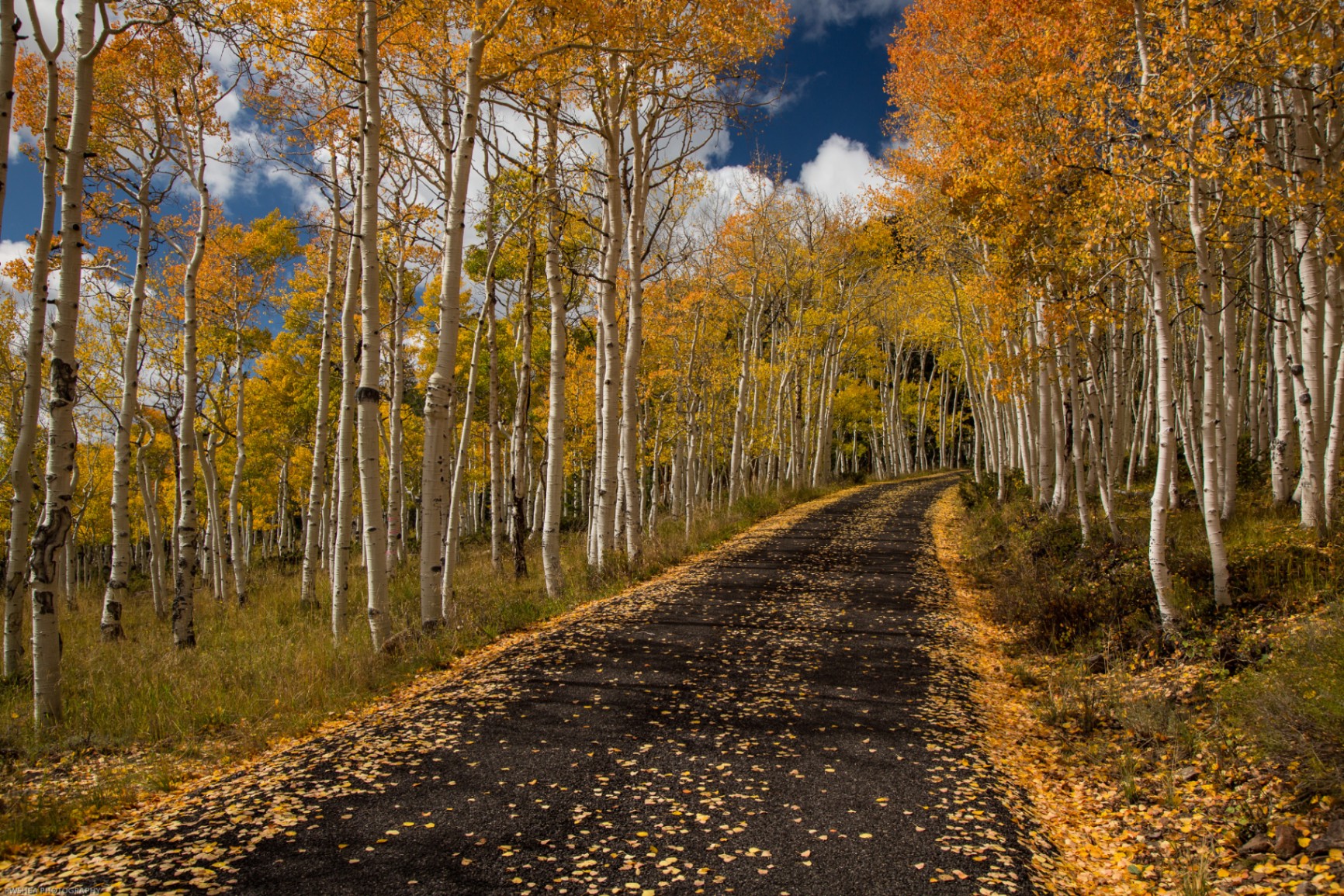
Areas that one can investigate would be to install routine culling programs to limit the number of grazing animals within the area.
However, this is not a very popular option.
Instead, reintroduction of the grazing animals’ natural predators has also been suggested, allowing nature to restore balance its way.
A Small Suggestion
One suggestion that might really have an impact would be to declare Pando as a national treasure.
Doing so would require the state to actively work towards Pando’s protection and wellbeing.
Summary
Hopefully, this article was able to give you a better understanding of one of the world’s largest and oldest living organisms.
Take what you have learned here and share it with others so that more people can learn about this amazing giant and why it needs our help to survive.
